Hello, curious minds! Have you ever wondered how the Sun can burn brightly in space without oxygen? It seems puzzling, doesn’t it? After all, on Earth, we need oxygen to make a fire. So, how does the Sun keep shining? Let’s dive into the science behind this fascinating phenomenon.
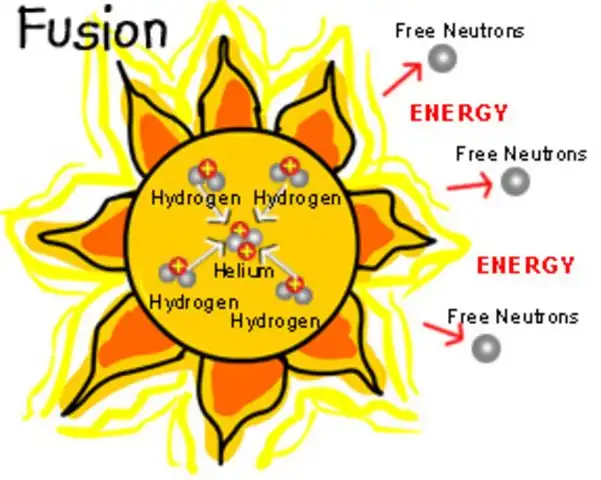
What Makes the Sun Burn?
First things first, let’s clear up a common misconception. The Sun doesn’t burn in the same way that a campfire or a candle burns. When we say the Sun is “burning,” we mean it’s undergoing nuclear fusion.
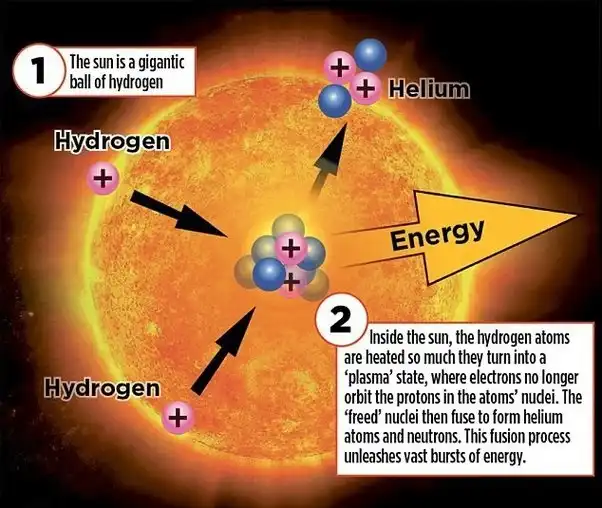
Nuclear fusion is very different from burning or combustion on Earth. In nuclear fusion, the Sun’s core is so hot and under such high pressure that hydrogen atoms are squeezed together to form helium. This process releases a tremendous amount of energy, which we see as sunlight and feel as heat.
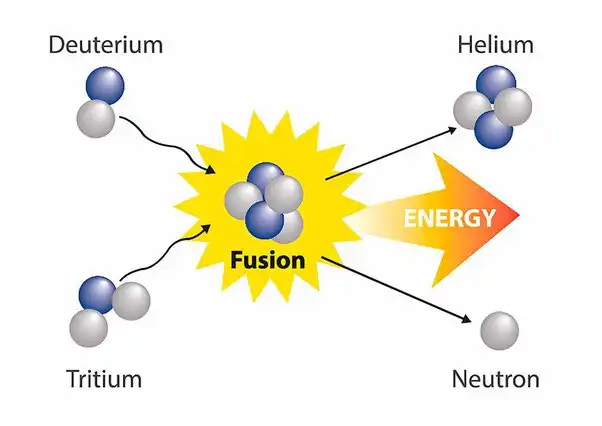
The Science of Nuclear Fusion
So, what exactly happens during nuclear fusion? Let’s break it down:
- Extreme Conditions: The core of the Sun is incredibly hot, around 15 million degrees Celsius! The pressure is also immense, over 100 billion times the pressure of Earth’s atmosphere.
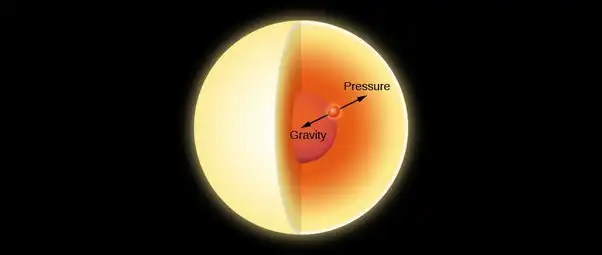
- Hydrogen Atoms Collide: Under these extreme conditions, hydrogen atoms move extremely fast and collide with such force that they fuse together.
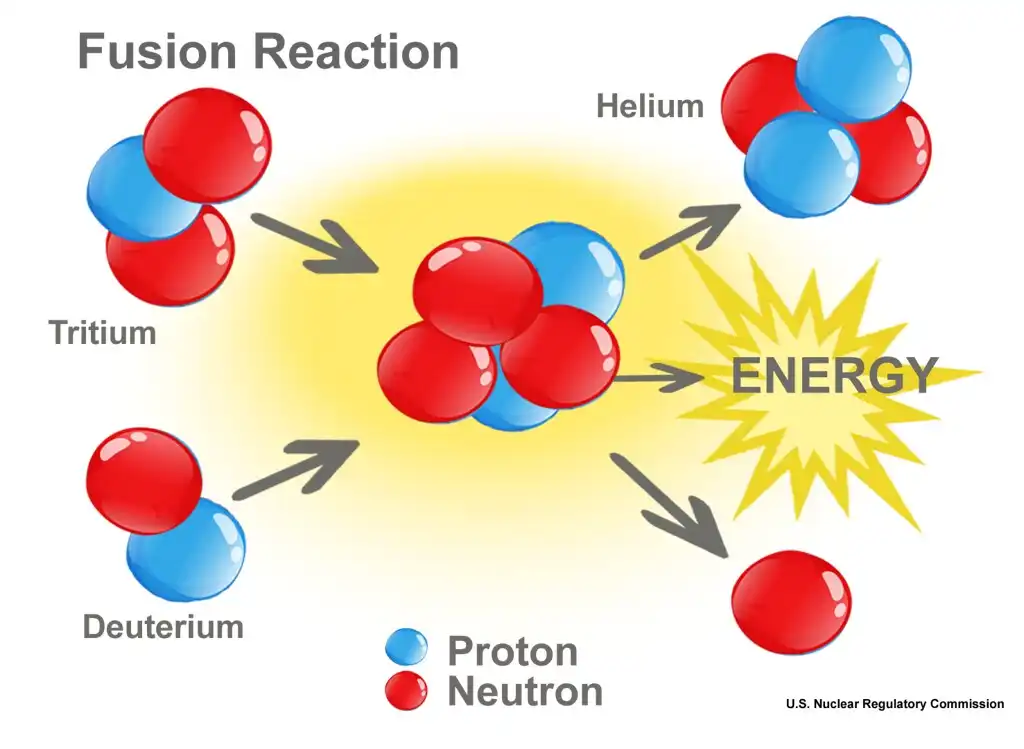
- Formation of Helium: When hydrogen nuclei (protons) fuse, they form a new element: helium. During this process, some of the mass of the hydrogen nuclei is converted into energy according to Albert Einstein’s famous equation, E=mc².
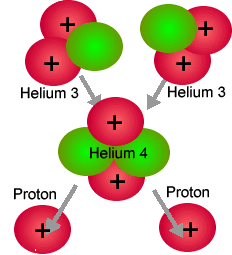
- Energy Release: The energy produced in these reactions radiates from the core and eventually reaches us as the sunlight we depend on.

Why No Oxygen is Needed
Now, let’s talk about why the Sun doesn’t need oxygen. On Earth, burning (or combustion) is a chemical reaction that requires oxygen to combine with a fuel (like wood or gas) to produce fire. This is why we see flames and get heat. But nuclear fusion is a different kind of reaction—it’s a nuclear reaction, not a chemical one.
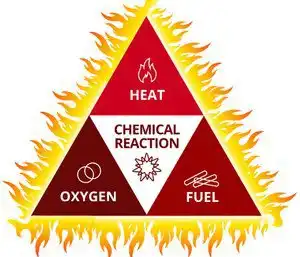
The Sun’s energy comes from fusing atomic nuclei together, not from a chemical reaction with oxygen. Therefore, no oxygen is needed for the Sun to shine.
A Star’s Life Cycle
Nuclear fusion powers all stars, not just our Sun. Stars are born in clouds of gas and dust called nebulae. When enough material clumps together, the gravitational pressure becomes intense enough to start nuclear fusion, marking the birth of a star.
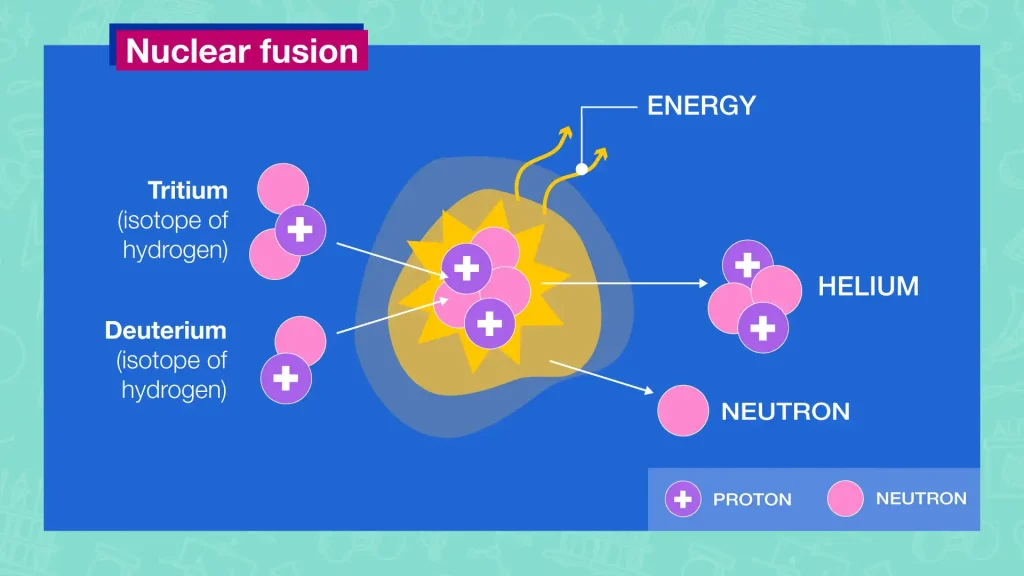
Over millions or even billions of years, a star will burn through its hydrogen fuel. When a star runs out of hydrogen, it can start fusing helium and other elements, depending on its mass. Our Sun, for example, will eventually swell into a red giant before shedding its outer layers and leaving behind a small, dense core called a white dwarf.
The Importance of Nuclear Fusion
Nuclear fusion is incredibly important, not just for the Sun, but for life on Earth. The energy from the Sun supports almost all life on our planet. Plants use sunlight to make food through photosynthesis, and we rely on plants and other photosynthetic organisms as the base of our food chain.
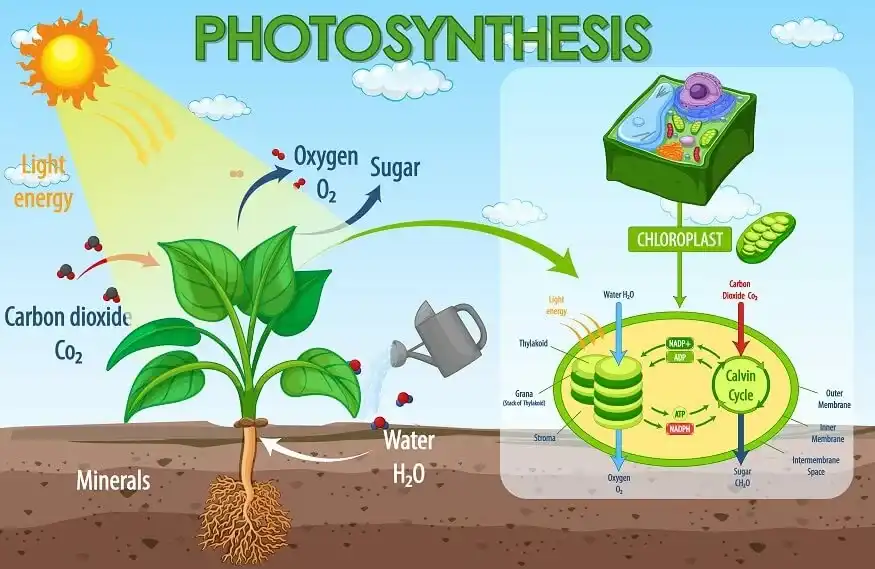
Moreover, scientists are working hard to replicate nuclear fusion on Earth. If we can harness this process for energy, it could provide a nearly limitless and clean power source without the harmful emissions produced by burning fossil fuels.
Fun Facts About the Sun
- Size: The Sun is so large that about 1.3 million Earths could fit inside it!
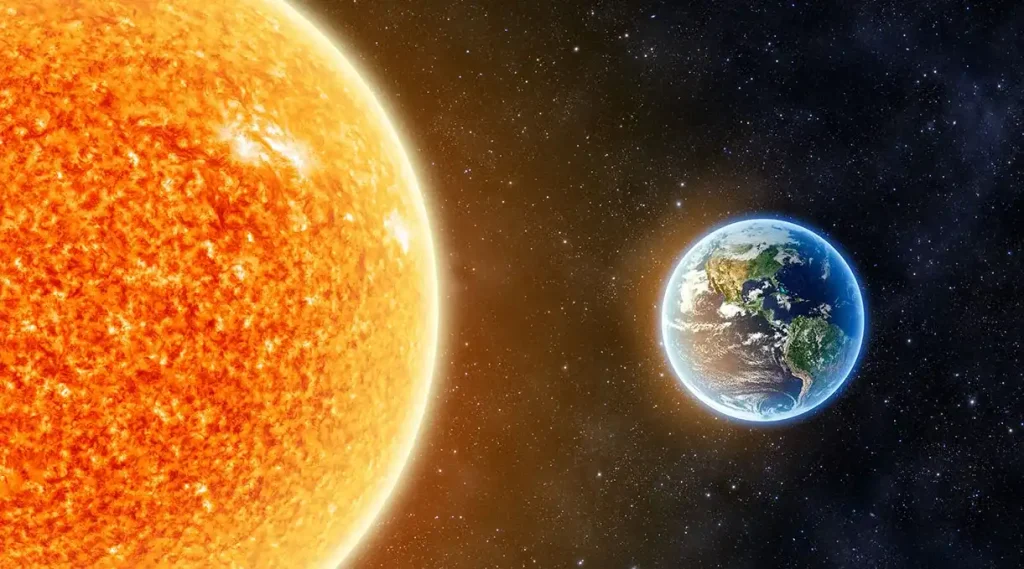
- Distance: The Sun is about 93 million miles (150 million kilometres) away from Earth. It takes light about 8 minutes to travel from the Sun to us.
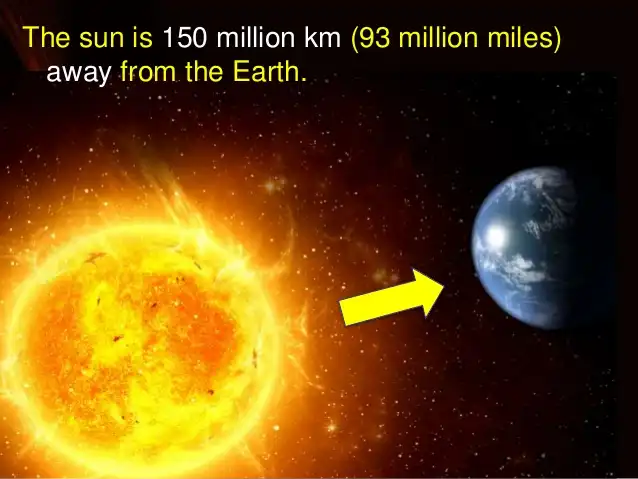
- Composition: The Sun comprises roughly 75% hydrogen and 24% helium, with small amounts of other elements.
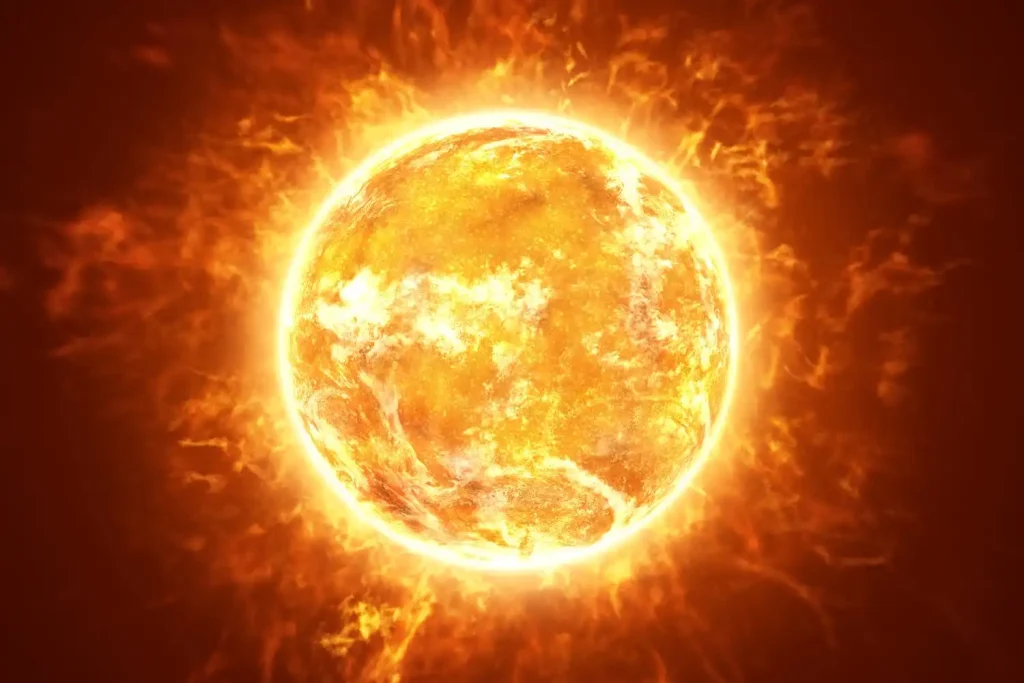
- Age: The Sun is about 4.6 billion years old and is expected to continue shining for another 5 billion years.
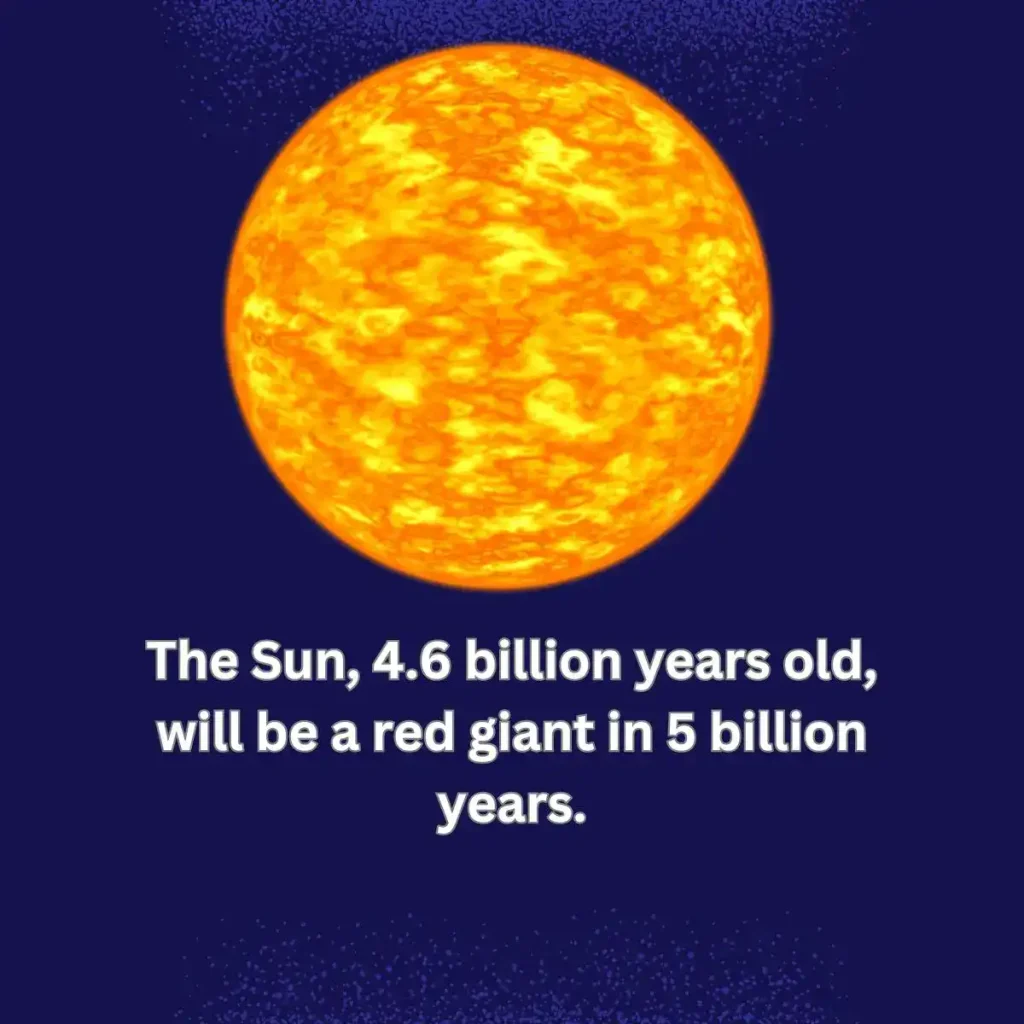
Conclusion
So, the next time you look up at the Sun, remember that it’s not burning like a campfire. Instead, it’s a giant nuclear reactor, fusing hydrogen atoms into helium and releasing incredible amounts of energy. This process doesn’t need oxygen, just the extreme heat and pressure found in the Sun’s core. Understanding this helps us appreciate not only the Sun but all the stars that light up our universe.
For more interesting articles, please visit www.kidzherald.com





